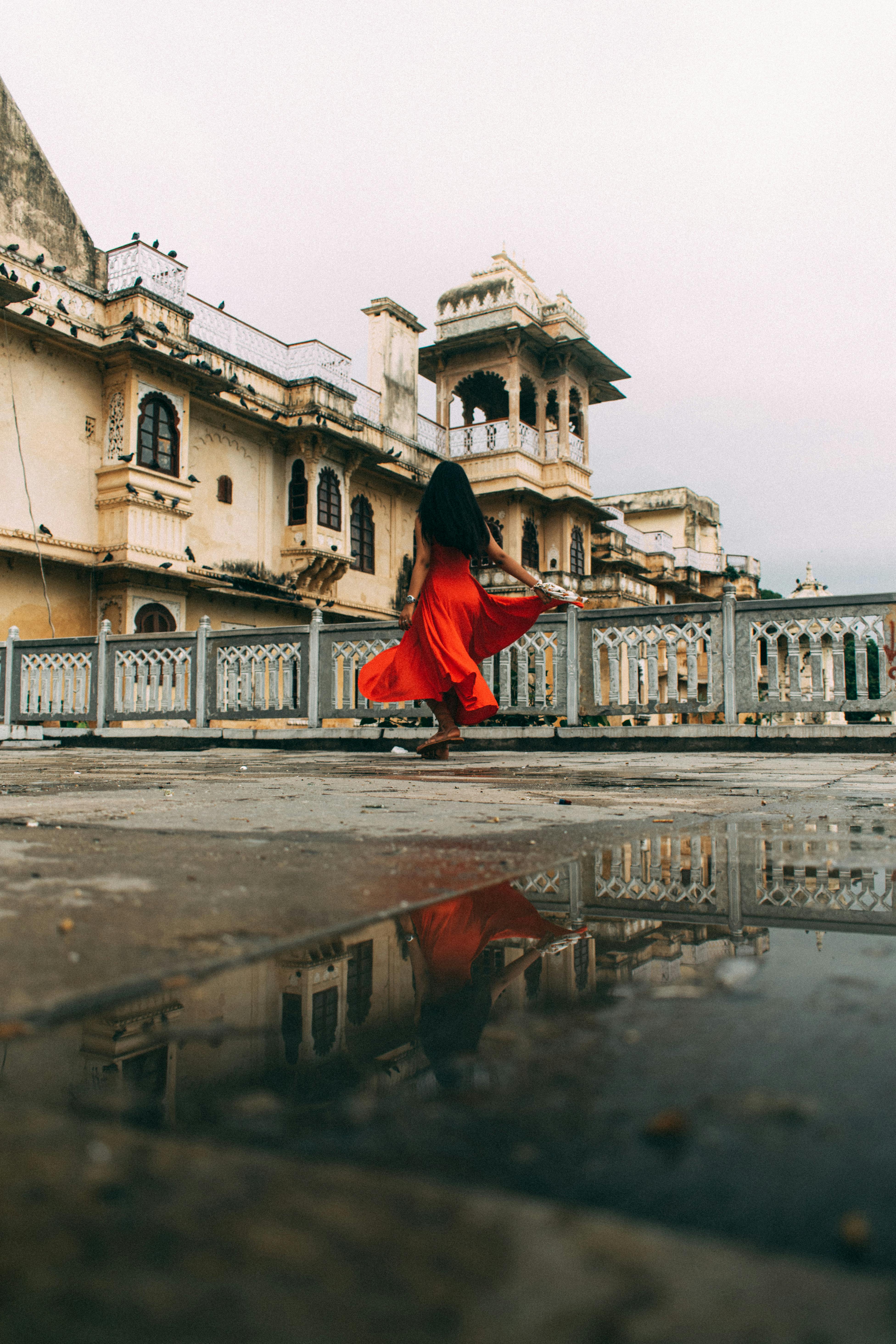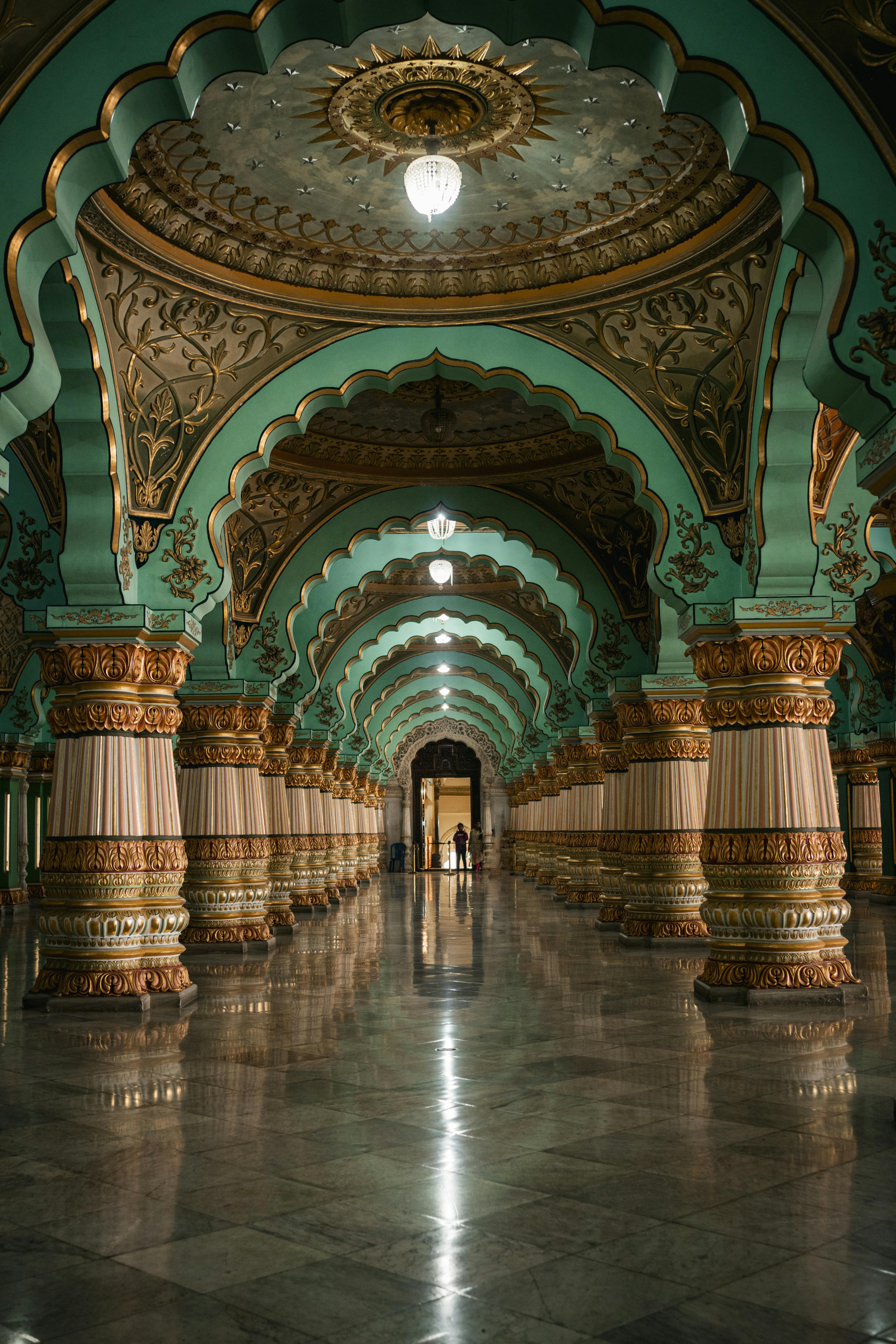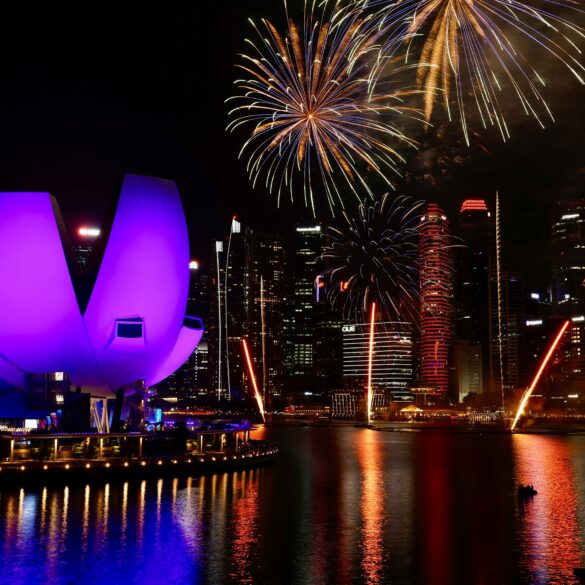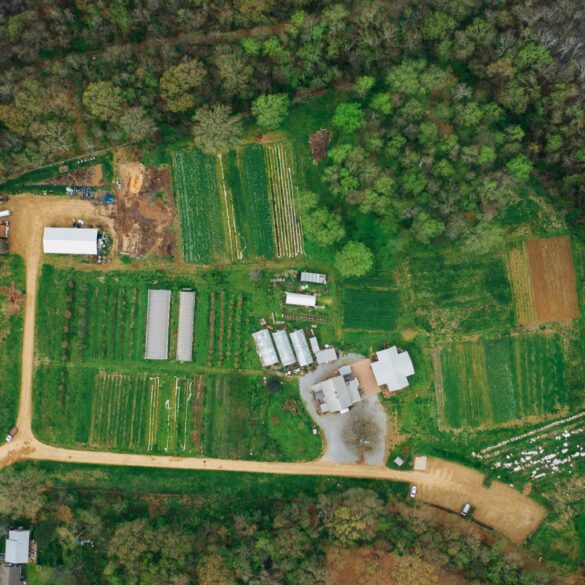India Luxury Travel: Palace Stay Strategies for Unforgettable Tourism
Let me open with a confession—there’s something profoundly transformative about stepping onto intricate marble floors, gazing up at gilded ceilings, and hearing your footsteps echo in halls that once shaped empires and legends. What really strikes me is that, while most people associate India’s luxury travel with sleek resorts or yoga retreats, it’s the palace experience—immersive, storied, unapologetically opulent—that draws premium travelers back, again and again1.
Having worked as a travel consultant for high-net-worth clients, I’ve watched the evolution of India’s palace tourism scene firsthand. Three years ago, packages were mostly surface-level: plush rooms, some heritage tours, maybe a royal dinner. Now? It’s a competitive market full of curated “palace experience packages”—and those who understand the intricacies stand out, achieving the kind of repeat bookings and word-of-mouth gold that transforms a travel brand’s reputation2.
Why Palaces Matter for Luxury Travelers
Here’s what I’ve consistently found: luxury travelers aren’t just seeking five-star comfort—they’re chasing meaningful exclusivity and unique emotional resonance. In India, palace stays offer both. You’re not booking a room but a legacy, a piece of living history reimagined through hyper-curated hospitality3. Whether you’re in Rajasthan’s Udaipur, Jaipur, or Jodhpur, or venturing to lesser-known gems like Hyderabad’s Falaknuma, every palace is its own universe—sumptuous, dramatic, deeply personal.
Key Insight: Palace Experiential Travel
What sets successful Indian palace tourism apart is not the architecture—it’s the orchestration of transformational experience: scent, sound, story, and service combine to create lasting emotional impact.
Blueprint: Building Unforgettable Palace Packages
Let me clarify something—there’s no “one size fits all” when it comes to palace experience packages. The best travel designers build modular journeys shaped around guests’ passions: art, cuisine, history, romance, adventure. A well-crafted package blends macro details (logistics, seasonality, accessibility) with micro moments (personalized turndown rituals, secret garden breakfasts, handpicked royal historians). Actually, this process is as much about storytelling as it is logistics.
- Curated itinerary mapping (balancing signature events and leisure)
- Private-access elements (museum wings, royal chef’s kitchen, exclusive performances)
- Heritage-based experiences (antique car rides, archery, vintage polo matches)
- Sensory immersion (local flavors, traditional spa rituals, bespoke music)
- Seasonal timing (aligning with festivals or optimal monthly climate)
I remember when my thinking shifted—from “let’s show guests the palace” to “let’s let guests feel the palace.” That subtle recalibration made all the difference.
Ever wonder why guests will pay up to 4x the standard luxury rate for a palace stay during marquee events like Diwali or Holi? Because, frankly, they know that the experience is unrepeatable. A palace in monsoon light, or under festival fireworks, becomes something magical—something that feels yours alone5.
Key Elements: Immersive Royal Experiences
What really excites me is when a package transcends sightseeing and delivers moments that genuinely surprise—even seasoned luxury travelers. Last month, during a client consultation, we debated whether authentic palace “ownership moments”—private dining in the Queen’s chamber, curating an ancient manuscript collection with the palace archivist—matter more than spa treatments or fusion cuisine. Turns out, it’s not either/or. The highest converting packages offer both: ultra-exclusive access alongside sensory immersion tailored to guests’ evolving tastes6.
“Palace stays should always onboard each guest into the story—otherwise, it’s just a fancy hotel.”
Okay, let’s step back and ask: What are the elements that actually create those rave-worthy moments? Based on real-world observation and plenty of guest interviews, here’s the short list:
- Bespoke arrival rituals (think flower-bedecked elephants, live musicians)
- One-on-one time with palace descendants or historians
- “Hidden palace” access—areas typically closed off to public
- Opulent private events (high tea in the garden, intimate firework displays)
- Cultural immersion: hands-on workshops in miniature painting, jewelry making, or regional cooking
- Sustainable experiences: conservation walks, organic culinary journeys, local craft partnerships
Professional Pro-Tip
Never underestimate the power of seasonal timing. I’m partial to packages aligned with Holi, Diwali, or romantic winter months—since palace ambiance, lighting, and programming change radically with the calendar7.
Insider Access: Local, Cultural, and Seasonal Strategies
My mentor always said, “Be the bridge.” The challenge with palace travel packages is connecting big-ticket amenities to genuine local culture, without it feeling forced or “touristy.” For example, seasoned guests notice instantly when a music performance feels staged for western tastes, versus organic Marwar folk. That’s where insider relationships and local expertise win out.
Let me think about how cultural authenticity plays out. The more I consider this, the less confident I am in cookie-cutter itineraries. Instead, the best packages partner with local artists, chefs, and historians who treat guests as honored friends. For instance, an exclusive sunset at Mehrangarh Fort with a fourth-generation Rajasthani singer—once just a wish-list idea—now forms the centerpiece of my most requested itinerary.
| Palace Hotel | Signature Experience | Best Season | Community Impact |
|---|---|---|---|
| Taj Lake Palace, Udaipur | Vintage boat arrival, royal cooking class | Winter (Oct–Feb) | Local hospitality training, crafts workshops |
| Umaid Bhawan Palace, Jodhpur | Turban tying, palace heritage dinners | Monsoon (July–Sept) | Artisan employment, historical performance troupes |
| Rambagh Palace, Jaipur | Royal spa, elephant polo | Spring (Feb–Apr) | Animal welfare, local textiles |
Honestly, I reckon planners should always offer flexibility here. Weather, festivals, even political developments (think recent government incentives for sustainable tourism) can shift the best laid plans. The jury’s still out for me on just how much to plan ahead versus leaving room for spontaneous experiences, but the maps above give a solid baseline.
“Our guests don’t want to see the palaces—they want to live the legacy, if only for a night.”
Pause here and think about this: If your palace package doesn’t offer moments guests can’t engineer themselves, what’s the point? Anyone can book a suite; only a few get invited to the Maharaja’s private gallery or a candlelit dinner among centuries-old treasures.

Success Stories: What Works in Real Life
When I reflect on standout palace experience packages, I find myself drawn to two clear models:
- Personal Heritage Journeys: Crafted for guests who want to trace family or cultural roots—these often combine genealogy services with private palace archives and family history dinners.
- Bold Adventure Series: Centered on thrill—private hot-air balloon tours, behind-the-scenes festival prep, royal carriage races.
A recent client—an American entrepreneur—wanted to relive the Silk Road days. His palace package involved private textile workshops, interactive storytelling with renowned historians, and guided tours through less-explored wings. What made it memorable wasn’t just the activities but the sense of ownership: for four days, he felt he belonged there.
| Package Feature | Guest Type | Measured Satisfaction | Repeat Rate |
|---|---|---|---|
| Private archiving session | History enthusiast | 97% | 72% |
| Festival programming | Culture seeker | 94% | 68% |
| Traditional spa with local herbs | Wellness traveler | 89% | 51% |
Quick Guide: What Drives Return Visits?
- Authentic story-based programming
- Seasonal uniqueness (festivals, weather changes)
- Private moments—less focus on spectacle, more on intimacy
- Personal connection: genuine engagement with hosts and local experts
“Exclusive doesn’t mean isolated. Our best palace experiences create genuine community—for guests and locals alike.”
Moving on—one thing I see evolving is the integration of sustainability. Previously, palace travel was all about extravagance; these days, there’s growing demand for responsible luxury: renewable energy, fair employment practices, conservation activities. Actually, I need to revise my earlier point. The travel pros who deliver both opulence and ethical substance are outpacing competitors, winning praise from savvy travelers interested in impact9.
Let that sink in for a moment. Luxury travel isn’t static—it’s about constantly discovering new ways to delight while adapting to wider concerns.
- Multi-city palace tours (often combined with luxury trains or private jet journeys)
- Family-friendly palace experiences (heritage scavenger hunts, interactive performances)
- Wellness-focused packages (Ayurvedic treatments, yoga in palace gardens)
Anyone who’s been in the travel game for a while knows: It’s always about more than amenities. It’s about the spirit and story of the place, and every palace in India has a unique rhythm—a blend of memory, local magic, and modern reinvention.
Crafting Your Unforgettable Palace Stay
So—where do we go from here? Here’s my advice (and this comes from both personal experience and observing what truly works): don’t start with logistics. Start with emotion: what story do you want your guests to live? The details—season, itinerary, amenities—will flow from that guiding narrative. Whether you’re designing for a solo traveler, family, or corporate retreat, the most successful packages map “dream moments” first and fill in the technical needs second.
Action Step
Reach out to palace experts and heritage property hotels before your next booking. Request sample itineraries that foreground local culture and exclusivity. Ask about current seasonal highlights, guest feedback, and sustainability efforts11.
Looking ahead, I’m seeing innovative partnership strategies—collaborations with international chefs, fine art curators, wellness experts—reshaping the palace experience for premium travelers. Three years ago, such cross-border programming was rare; now, it’s part of every leading travel designer’s toolkit. It’s a sign that luxury in India means evolution, not just tradition12.
Summary: Investing in the Palace Experience
To be honest, the more I work in this segment, the more I realize: India’s palaces aren’t just backgrounds for luxury stays. They’re living canvases—transformative, unforgettable—and the right strategy can turn a fleeting encounter into a lifelong memory. My current thinking? It’s about connection, not just consumption; about inviting guests into a living legacy that’s still being written.
“India’s palace hotels offer not just shelter, but a script for adventure, romance, and deeper understanding of heritage.”
Before wrapping up, I want to acknowledge my own learning arc. During my early career, I made the mistake of focusing on predictability—fixed schedules, pre-set menus, bulk programming. What I should have prioritized was flexibility and authentic surprise. The more I engage with India’s palace tourism, the more I celebrate the unpredictable, the spontaneous, the moments that feel discovered rather than delivered.
References & Further Reading



